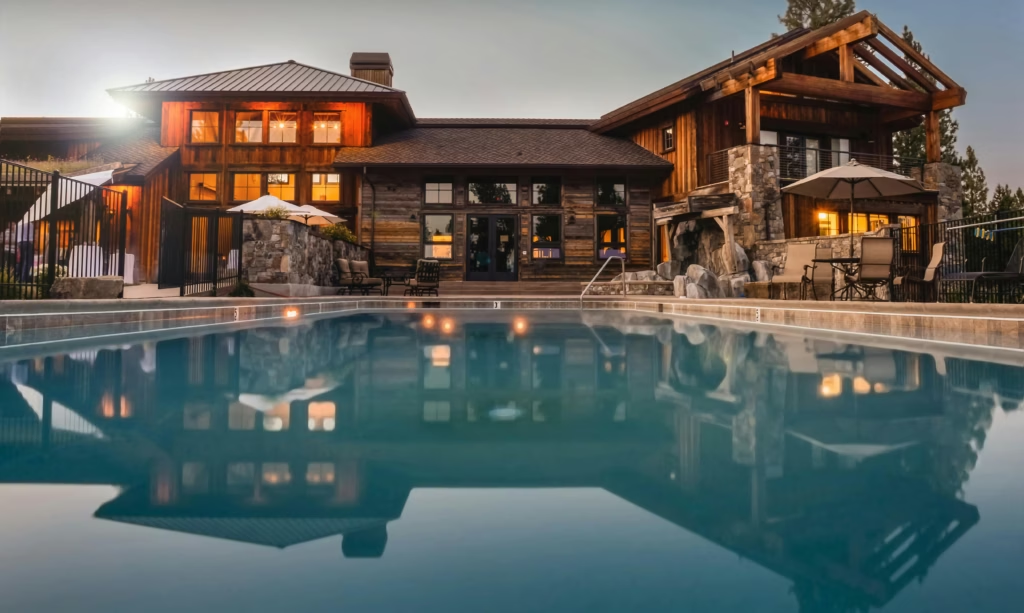Explore the essentials of physical security tailored for high-net-worth and ultra-high-net-worth individuals, covering luxury residences, yachts, and private jets with measures like safe rooms, surveillance systems, and insider threat mitigation. Safeguard your lifestyle with expert insights.
Understanding Physical Security: A Comprehensive Guide for High-Net-Worth and Ultra-High-Net-Worth Individuals
In today’s interconnected world, the need for robust physical security measures has never been more critical. For high-net-worth (HNW) and ultra-high-net-worth (UHNW) individuals, physical security extends far beyond traditional locks and alarms. It encompasses a meticulously designed and layered approach to safeguarding people, property, and assets, ensuring peace of mind in the face of potential threats.
What is Physical Security?
Physical security refers to the implementation of measures designed to protect individuals, facilities, and assets from physical threats, such as unauthorized access, theft, vandalism, natural disasters, or more targeted risks like espionage and insider threats. It is a holistic discipline that combines technology, architecture, personnel, and policies to create a secure environment.
Key Components of Physical Security
- Access Control
- Systems such as biometric scanners, smart locks, and controlled entry points ensure that only authorized personnel can access specific areas.
- Security checkpoints and screening at key entry points provide additional layers of protection.
- Surveillance and Monitoring
- Advanced surveillance systems, including high-definition cameras and motion detectors, continuously monitor perimeters and interiors.
- Integration with alarm systems allows for real-time responses to security breaches.
- Personnel and Background Checks
- Vetting staff through comprehensive background checks minimizes the risk of insider threats.
- Continuous training and monitoring of personnel ensure adherence to security protocols.
- Structural Defenses
- Bollards, reinforced gates, and perimeter fencing act as physical barriers to unauthorized entry.
- Safe rooms offer a secure refuge in emergencies, equipped with communication devices and life-sustaining essentials.
- Emergency Preparedness
- Plans for evacuation, fire safety, and disaster response ensure readiness for various scenarios.
- Secure transportation and contingency planning for travel.
Physical Security for Luxury Residences
Luxury residences require bespoke security measures tailored to the specific needs of their occupants. Key considerations include:
- Perimeter Security: Fences, walls, and surveillance cameras create a secure boundary.
- Safe Rooms: Discreetly integrated panic rooms provide immediate protection during emergencies.
- Smart Home Integration: Security systems linked to home automation allow for remote monitoring and control.
- Insider Threat Mitigation: Rigorous vetting and monitoring of household staff, including housekeepers, nannies, and drivers, prevent potential security breaches.
Physical Security for Yachts
Yachts represent a unique set of challenges due to their mobility and exposure to maritime threats. Essential measures include:
- Access Control: Restricted boarding access with biometric or RFID systems.
- Security Personnel: Trained onboard staff to handle emergencies and monitor for suspicious activity.
- Surveillance Systems: Comprehensive coverage with night vision cameras and radar systems.
- Piracy Countermeasures: Anti-piracy plans, safe rooms, and satellite communication for real-time assistance.
Physical Security for Private Jets
Private aviation demands the highest level of discretion and security. Measures include:
- Aircraft Access Control: Secure hangars and pre-screening of all individuals boarding the aircraft.
- Staff Vetting: Thorough background checks for pilots, crew, and ground personnel.
- In-Flight Security: Integration of surveillance and communication systems with emergency protocols.
- Secure Travel Planning: Ensuring that airports and routes are vetted for safety risks.
The Importance of Insider Threat Mitigation
One of the most significant challenges in physical security is the insider threat—risks posed by individuals within the organization or household who exploit their access for malicious purposes. Mitigation strategies include:
- Routine Background Checks: Regularly updated background screenings for all staff members.
- Access Level Management: Limiting access to sensitive areas based on necessity.
- Behavioral Monitoring: Identifying unusual patterns or activities that may indicate a security risk.
Conclusion
For HNW and UHNW individuals, physical security is not a one-size-fits-all solution. It requires a comprehensive, personalized approach that considers every aspect of their lifestyle, from luxury residences to private yachts and jets. At Exodus Global, we specialize in delivering premium, white-glove physical security solutions tailored to your unique needs. Whether safeguarding your family, assets, or lifestyle, we ensure unparalleled protection and peace of mind.
Contact us today to learn more about how we can help fortify your world.
Protect What Matters Most with Exodus Global
At Exodus Global, we specialize in providing comprehensive security solutions tailored to your needs. From safeguarding your digital identity to securing your home and business, we help you stay ahead of threats. Contact us today to learn how we can protect your world—digitally and physically.



